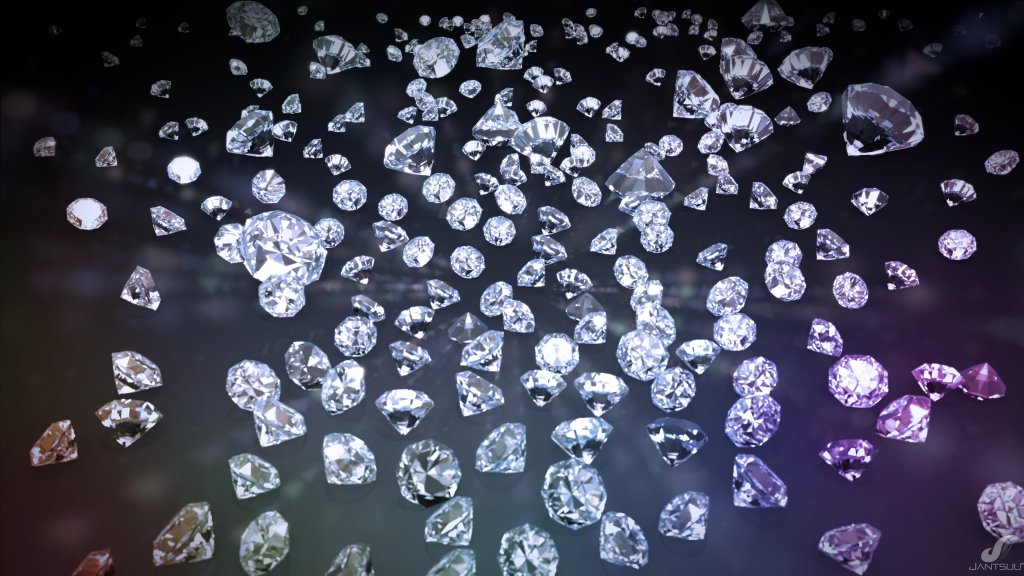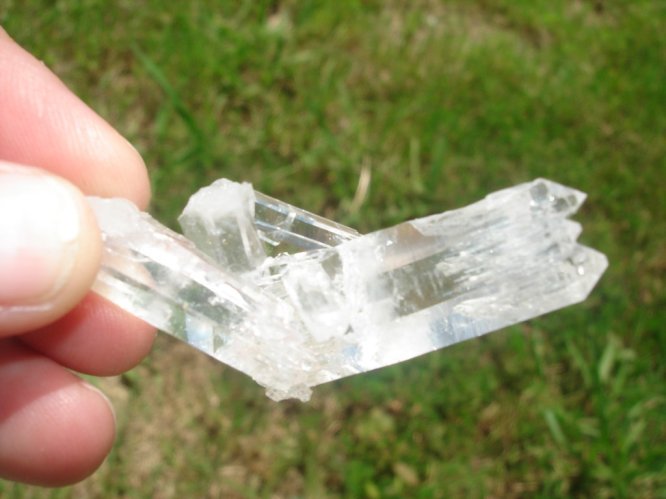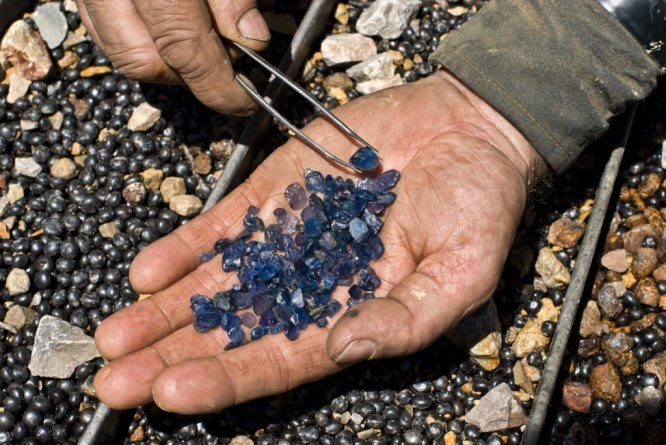We’ve all seen stunningly beautiful crystals twinkling up at us in shops and online but how are they actually found? How are the highly polished and flawless crystals that we know and love today mined from the earth and what treatment processes do they have to go through before they can be sold?
Diamonds
Diamonds are one of the most sought after crystals. They are mined by crushing diamond ore or by using the Alluvial method which involves sifting through river bank sand and soil. This technique is particularly common in the Sierre Leone and Liberia African Diamond mines where host rock is washed away by streams and rivers and diamonds are deposited as sediments in the sands.

Mount Ida Quartz/h2>
According to geologists, Brazil and Arkansas is home to the highest quality quartz in the world. Today, rock collectors from around the world head to the hot springs of Mount Ida with the hope of mining their own quartz crystal. The mines of Jessieville, Story and Mena comprise of deep pits of exposed hillsides in which bulldozers have removed the clay and soil to expose the quartz crystals that are channelled through these ancient mountains.
In these mines, often the only tool you’ll need to dig up the crystals is a garden trowel. While most mines are open year-round to let people dig for crystals, the best time to mine is during the spring and the autumn when the temperatures are cool.

Sapphires
What’s incredible about mining sapphires is that they are mined today as they were thousands of years ago. The majority of sapphires come from countries which have strict regulations about how the mining can proceed. For example, in Sri Lanka mining is regulated so that the land is protected from being over-mined. Heavy machinery is forbidden and the mining is restricted to small-scale operations.
Natural untreated sapphires are extremely rare and are meticulously mined to ensure future generations of supply will remain.

How are Crystals Treated?
For hundreds of years stone cutters have been using a number of treatments to enhance a crystal’s beauty. For example, Tanzanite in its original form is a not too attractive shade of grey. The stunning hues of blues and purples we now associated Tanzanite with only emerge after heat treatment. It is unlikely that Tanzanite would demand much more than a few pounds if it was left in its original lacklustre state but after it has been treated with heat, this stone is transformed into one of the most sought-after stones on the market.
Laboratory Crystals
Not all crystals are mined. Gemstones can also be grown in laboratories. Alexandrites, emeralds and sapphires cut from laboratory grown crystals have the same chemical composition, durability and other physical properties as their corresponding natural gemstones. In this BBC video, cave scientist Penny Boston, who studies ancient forms of life trapped inside the earth’s largest crystals talks with biophysicist Elspeth Garman who spends 12 months developing one flawless protein crystal in her laboratory.